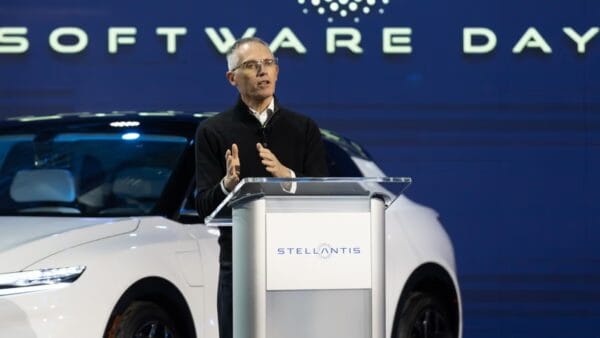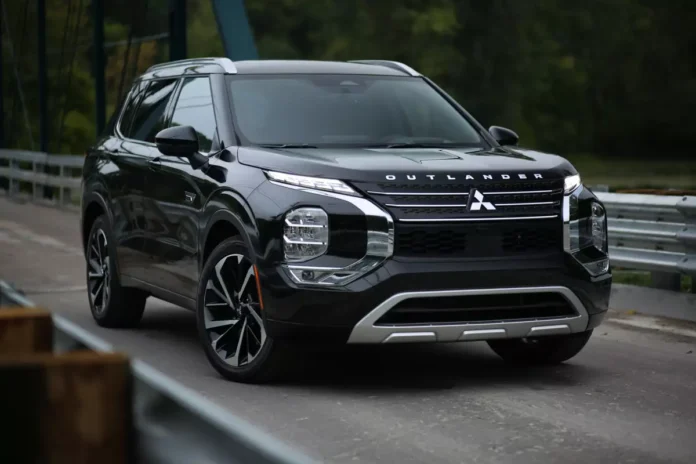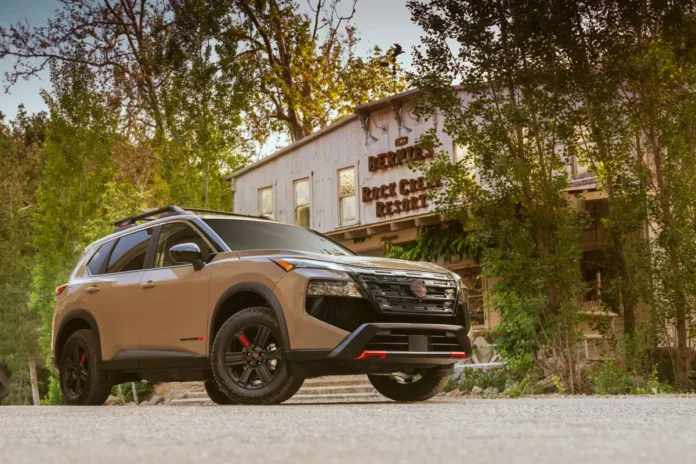Introduction: The Transition at Stellantis
In a notable development within the automotive industry, Stellantis has announced the impending retirement of its CEO, Carlos Tavares, set for 2026. This announcement marks a significant transition for the company, which was formed through the historic merger of Fiat Chrysler Automobiles and Groupe PSA in January 2021. Tavares, a prominent figure in the automotive sector, played a pivotal role in orchestrating this merger, which aimed to create a global automotive powerhouse adept at navigating the complexities of the modern market.

Carlos Tavares’s tenure at Stellantis has been characterized by strategic decisions and a clear vision for the future of the company. Under his leadership, Stellantis has embraced innovation, focusing on electric and sustainable mobility while enhancing operational efficiency across its extensive portfolio of brands. His approach has not only solidified Stellantis’s position in the competitive landscape but has also paved the way for a more nimble and integrated organization.
Throughout his career, Tavares has demonstrated an ability to adapt to the rapidly changing automotive industry, emphasizing the importance of transformation in response to global challenges such as climate change and technological advancements. His commitment to creating a resilient and forward-thinking company has garnered respect and recognition among industry peers and stakeholders alike. As the clock ticks down toward his retirement, the question of succession and leadership transition becomes critical for Stellantis, presenting both challenges and opportunities.
In preparation for Tavares’s departure, discussions are likely to intensify regarding the future direction of Stellantis. This period of transition is crucial as the company seeks to maintain its momentum in innovation and growth while ensuring stability and continuity in its strategic objectives. The implications of this leadership change will be felt across various facets of the organization and the broader automotive market.
Leadership Changes and their Impact on Stellantis
As Stellantis prepares for the impending retirement of CEO Carlos Tavares in 2026, a wave of leadership changes within the organization is taking place. These adjustments mark a significant transition aimed at aligning executive roles with the overarching strategic goals of the corporation. One notable change is the appointment of Jeep’s CEO, Antonio Filosa, who will now play a pivotal role in steering the brand through this transformative phase. With Jeep’s strong influence in the SUV market, Filosa’s leadership is expected to reinforce the brand’s competitive advantage during challenging economic times.

Additionally, Jean Philippe Imparato will take charge of Stellantis’s pro one commercial vehicle division, reflecting an intent to enhance efficiency and innovation in this sector. Imparato’s previous experience in leading Peugeot will be instrumental as he aims to drive growth and tackle headwinds in the commercial vehicle market. These leadership modifications illustrate Stellantis’s commitment to cultivating a robust management structure that is adaptable to evolving market conditions.
The reasons behind these leadership shifts can be traced to the company’s need for agility in response to fluctuating sales and industry dynamics. With the automotive landscape rapidly changing, Stellantis recognizes that fresh perspectives at the helm will be crucial for navigating upcoming challenges. The emphasis on experienced leaders in key areas demonstrates a strategic foresight to bolster market performance, effectively addressing the current difficulties impacting sales.
While these leadership changes present opportunities for innovation and strategic realignment, they also come with potential challenges. Executives must integrate their visions while maintaining cohesion within the company. The ability to harness diverse leadership styles will be critical as Stellantis moves forward, striving to capture greater market share and adapt to consumer preferences in a competitive landscape.
Carlos Tavares’s Legacy and Achievements
Carlos Tavares has been a transformative leader in the automotive industry, particularly during his tenure as the CEO of Stellantis and previously at Groupe PSA. His strategic vision has significantly influenced the direction and competitiveness of these automotive giants. One of his most notable achievements was the successful merger of PSA and FCA to form Stellantis, which created the world’s fourth-largest automotive manufacturer. This merger was not merely a consolidation of brands but rather a thoughtful integration designed to leverage synergies in R&D, manufacturing, and market presence.
Under Tavares’s leadership, Stellantis embraced a forward-thinking approach, focusing on electrification and sustainable mobility. He recognized early on the critical importance of electric vehicles (EVs) and directed significant investments towards developing electric platforms and technologies. This initiative not only prepared Stellantis for the future but also reinforced its commitment to reducing carbon emissions in alignment with global environmental standards.
Additionally, Tavares executed the strategic separation of the DS luxury brand from the broader PSA portfolio. This decision allowed DS to carve out its unique identity in the luxury market, driving brand recognition and sales growth. His adept handling of the acquisition of Opel and Vauxhall further exemplifies his strategic acumen, as this strengthened Stellantis’s foothold in the European market and diversified its product offerings.
Throughout his career, Tavares has been known for his decisive leadership during challenging times. He navigated the complexities of the automotive landscape, including the impact of trade tariffs and shifts in consumer preferences. By fostering a culture of collaboration and innovation within Stellantis, he has left a lasting legacy that will shape the company’s future for years to come. His tenure has been marked by significant achievements that have not only transformed Stellantis but have also had a profound impact on the global automotive industry.
Future Outlook for Stellantis Post-Tavares
As the automotive industry continues to undergo significant transformation, Stellantis faces several challenges and opportunities in the wake of CEO Carlos Tavares’s planned retirement in 2026. Under Tavares’s leadership, the company has navigated various market dynamics, but declining sales in certain segments signal a need for strategic reassessment. The decline in vehicle demand poses a critical challenge for Stellantis, particularly as competition intensifies in a market shifting increasingly towards electrification and sustainability.
One area of focus for Stellantis will likely involve brand consolidation. With a diverse lineup of brands under its umbrella, the company may explore opportunities to streamline its offerings. This could involve re-evaluating which brands can coexist effectively in a rapidly evolving market. The integration of operations and centralizing resources may allow Stellantis to operate more efficiently, optimize production costs, and enhance market positioning.
As the company searches for a successor to Tavares, it may prioritize leadership qualities that align with current industry trends. A visionary leader with a strong commitment to electric vehicle (EV) innovation will be critical for Stellantis to remain competitive. Given the increasing consumer demand for environmentally friendly vehicles, the next CEO must effectively direct Stellantis’s strategy, ensuring that investments in EV technology are prioritized and aligned with global sustainability goals.
Additionally, the successor may need to address the company’s supply chain complexities, especially as the automotive industry becomes more reliant on semiconductor chips and other critical components. The right leadership could steer Stellantis towards forging robust partnerships and developing internal capabilities to mitigate such risks moving forward.
Ultimately, the future of Stellantis after Tavares will hinge on the ability of its new leaders to adapt to an ever-changing landscape, capitalize on emerging trends, and execute a comprehensive strategy that positions the company for long-term success.


